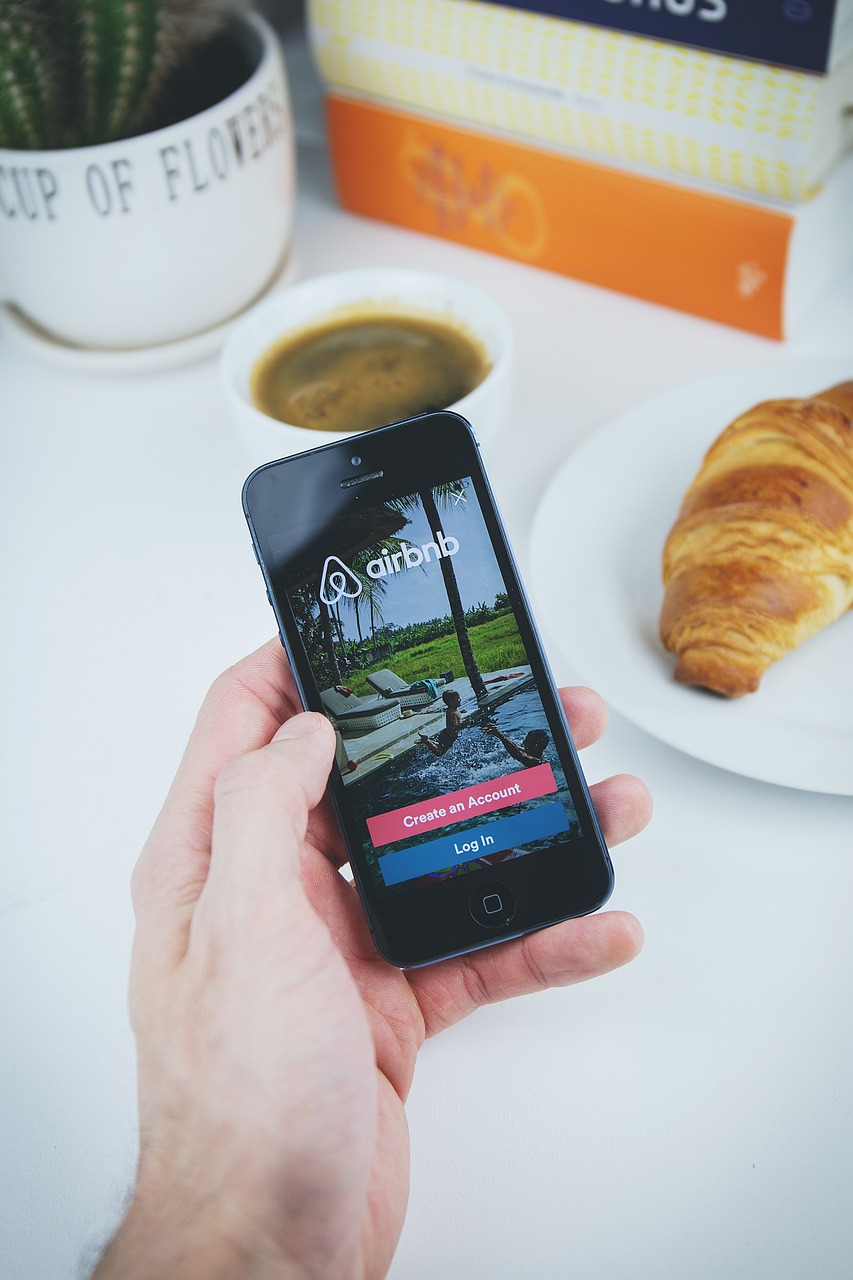Dreaming of a side income or a chance to flex your hospitality skills? First airbnb listing opens doors to both—sometimes literally. It’s more than just letting strangers sleep in your extra room. You get to meet new people, share a bit of your city, and make money from a space you already own. But if you want more five-star reviews than headaches, setup matters. Every successful host starts with a plan.

- Preparing Your Property for Airbnb Hosting
- Listing Your Property and Launching as an Airbnb Host
- Setting up for Airbnb Hosting
Preparing Your Property for Airbnb Hosting
The first steps can feel intimidating, but trust me, they’re worth your time. Thoughtful setup not only keeps you out of legal hot water, it also pays off in happier guests and better reviews.
Research Local Regulations and Restrictions
Start by checking local rules. Renting your place short-term isn’t allowed everywhere, and some cities have strict rules about how long guests can stay or how many bookings you can take each year.
Here’s what to look into:
- Zoning laws: Some areas restrict short-term rentals to certain neighborhoods or types of properties.
- Permits or licenses: Many cities require official registration, even for home-sharing.
- Local taxes: You might need to collect and remit occupancy or sales taxes on your Airbnb income.
- HOA or building rules: If you live in a condo or apartment, your association may have its own set of rules. Some are strict about rentals, so double-check before you list.
- Insurance: Talk to your insurance agent. Regular homeowner’s insurance doesn’t always cover guest-related claims. Some hosts pick extra coverage just for peace of mind.
Skipping this step may seem tempting, but ignoring city or building rules can cost you—sometimes dearly.
Set Up Your Space for Comfort and Safety
A cozy, spotless space is non-negotiable if you want good ratings (and to actually enjoy hosting).
Key areas to focus on:
- Essential amenities: Think linens, towels, soap, toilet paper, basic kitchenware. Add coffee and tea for brownie points.
- Wi-Fi: Fast, reliable internet is now basic, not optional.
- Furnishing tips: Go simple and sturdy. A comfortable mattress and blackout curtains turn first-timers into instant fans.
- Cleanliness: Guests notice dust and hair more than you will, so clean as if your pickiest relative is coming to stay.
- Safety: Install working smoke and carbon monoxide alarms, fire extinguishers, and first aid kits. Mark emergency exits and display local emergency numbers somewhere obvious.
- Secure entry: Keypad locks cut out the key-handoff hassle. Just remember to reset the code for each new guest.
Little touches—like a welcome note or a list of local restaurants—go a long way. They make guests feel cared for, which can lead to repeat bookings.
Capture High-Quality Photos and Write an Effective Description
Your listing photos and description are your digital curb appeal. These can make or break a booking decision, especially for those scrolling through dozens of listings in your area.
How to stand out:
- Staging: Tidy up, use natural light, and do a quick declutter. Make beds neatly, and put toilet lids down (nobody wants to see that).
- Photography: Use a good camera or your phone in HDR mode. Shoot wide shots of each main room and include close-ups of standout amenities (like a quirky coffee maker or balcony view).
- Editing: Brighten dark photos and straighten crooked ones, but skip heavy filters that make your place look different from reality.
- Description tips: Write like you’re talking to a friend. Highlight what makes your place special—maybe it’s extra sunny in the mornings, or you’re walking distance to a local bakery. Mention every amenity, and be honest about quirks or small spaces. Over-promising leads to disappointment.
Your photos and words set expectations. Set them right and guests walk in already happy.
Listing Your Property and Launching as an Airbnb Host
Once your space is ready, it’s time to create your digital guest book and open for reservations. This stage is where hosts start feeling excitement (and maybe a few butterflies).
Create Your Airbnb Account and Listing
Airbnb guides new hosts through the basics, but a few extra steps can speed things up.
Step-by-step:
- Sign up: Visit Airbnb’s website or app, click “Become a Host,” and sign up with your email, Facebook, or Google account.
- Verify identity: Submit a government photo ID and a recent selfie. Airbnb uses these for everyone’s safety.
- Start your listing: Enter your address, describe your space, and set your guest capacity.
- Fill in the details: Select amenities, write your description, and upload photos.
- Set check-in and check-out times: Be realistic. Allow time for cleaning between bookings.
- Add your house rules: Be clear about what’s allowed and what’s not (no parties, no smoking, quiet hours, etc.).
- Publish: You’re live and ready for your first inquiries.
Take your time filling everything out. Incomplete or rushed listings tend to sit empty, while detailed ones attract more guests from the start.
Set Competitive Pricing and House Rules
Airbnb offers Smart Pricing, which changes your nightly rate based on demand. Still, research on your own is time well spent.
How to price wisely:
- Check similar listings in your area with the same amenities.
- Factor in cleaning fees, taxes, and extra guest charges if needed.
- Consider starting a little lower when you’re new—to attract those first few guests and reviews.
- Adjust seasonally—higher on holidays or event weekends, lower during slow stretches.
Set clear house rules and publish them on your listing. Common rules include limits on the number of guests, quiet hours, policies on pets, and guidelines for parties or events. The more upfront you are, the fewer headaches you’ll face later.
Prepare for Guest Arrivals and Manage Bookings
Managing your property is about more than just handing over keys. First impressions count.
Tips for smooth hosting:
- Calendar management: Keep your availability updated. Block off dates you’ll need for yourself or maintenance.
- Prompt messaging: Answer inquiries quickly. Airbnb values host who replies within an hour.
- Check-in instructions: Send clear details before guests arrive. Include parking info, Wi-Fi passwords, and how to use the heat or AC.
- Meet and greet (optional): Some hosts enjoy meeting guests in person, while others use lockboxes or smart locks for self-check-in. Do what works for you.
- Stay responsive: Be available in case guests have questions or problems during their stay.
- Check-out: Remind guests of check-out time and procedures and thank them for booking.
A smooth arrival often leads to glowing reviews, which help you get even more bookings—but don’t forget to rate your guests, too.
Setting up for Airbnb Hosting
Setting up for Airbnb hosting isn’t just about listing a bed and waiting for the cash to roll in. Each step, from checking the legal stuff to stocking fresh coffee, builds a better experience—for your guests and for you.
Ready to give it a shot? Start by checking your city’s rules, then walk through the space as if you’re a guest seeing it for the first time. With the right prep and a little ongoing care, you could turn your extra space into a reliable source of income and maybe even some new friendships along the way.
Looking for more detailed guidance? Browse Airbnb’s own host resources, join local host forums, or connect with experienced hosts in your area. It’s not just about renting—it’s about welcoming, sharing, and learning. Happy hosting!











